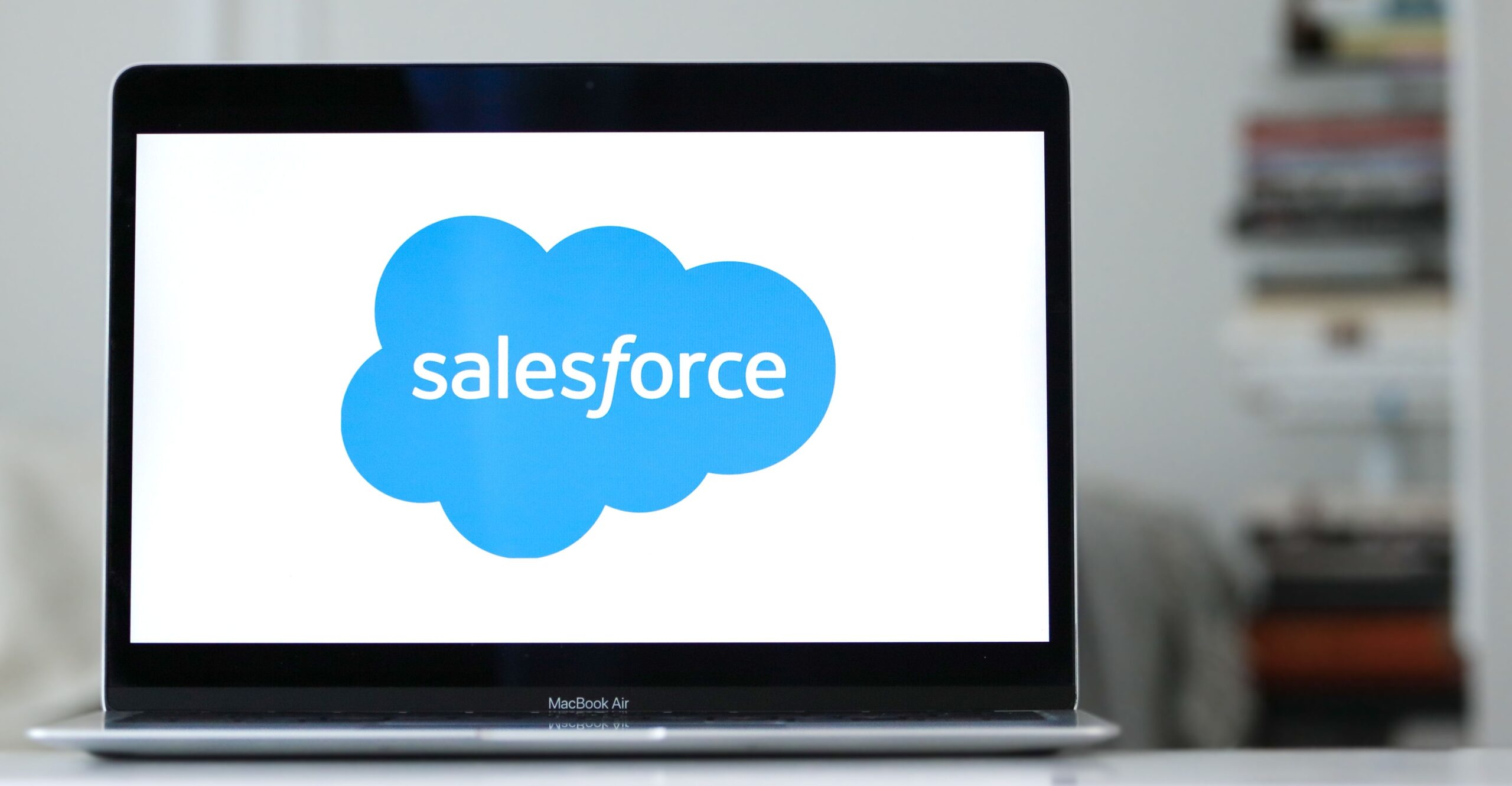According to Gartner, 90 percent of companies have some policy in place for governing personal computers and laptops in office. While 43% percent have enacted policies for using personal devices in the workplace, 48 percent simply prohibit them.
As the cost of computing devices went down, most enterprises converged to a solution: provide every employee with their own ‘work’ device, be it a laptop or a computer. Today, most employees carry at least two laptops, one for work and another for personal use. Just as enterprises’ privacy and security concerns seemed to have found a solution, a much larger and more complex challenge emerged: the Mobile Device.
While the revolution in mobile world has been one of the major achievements of the last decade, it has also posed a great challenge to enterprises who want to take advantage of it without compromising on security and privacy. Can the same solution work as it did for laptops and computers inside enterprises? Can every employee carry two mobile devices, one for work and one for personal use? Definitely not.
So, what is the solution? How can enterprises ensure that the mobile devices that employees bring in to work are not leaking highly confidential information that resides on their IT systems? How can they integrate mobile into their processes securely?
Enterprises cannot simply prohibit employees from downloading other apps on their personal mobile devices, and there is no guarantee that these apps won’t sabotage your data or hack into your enterprise apps. They can’t even impose restrictions on how employees use their ‘personal’ mobile devices. No matter how secure your enterprise apps are, it is virtually impossible to control other apps on a mobile device. So, what is the solution? This is a question that will keep intriguing most enterprises who see mobile as a great opportunity to take their businesses to next levels.







